1. Colored Bathroom Fixtures
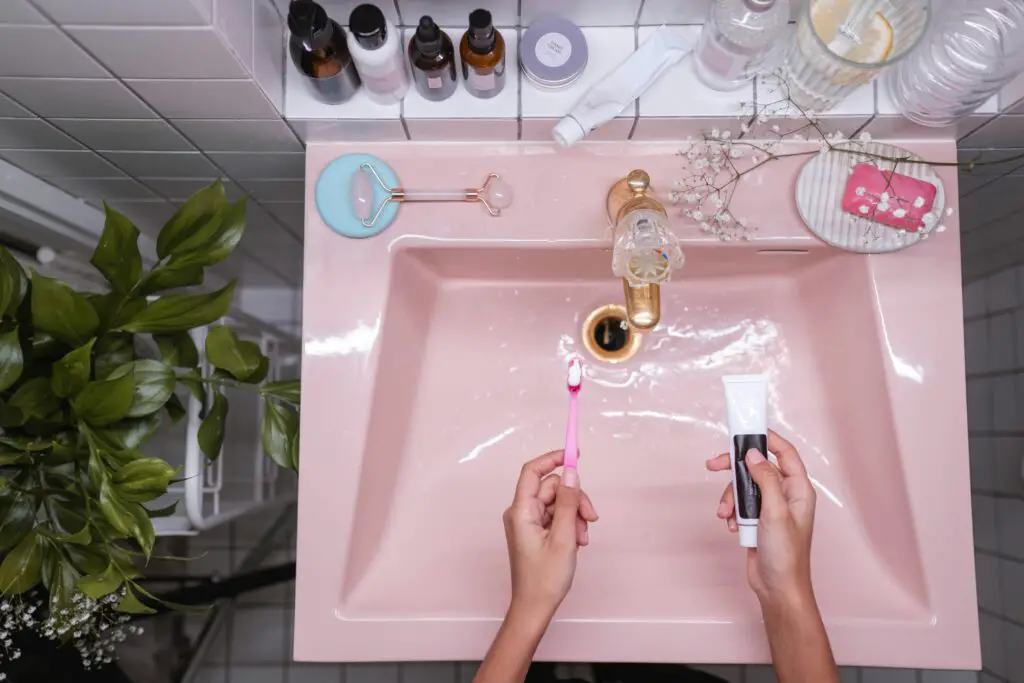
There was a time when pastel pink, mint green, and powder blue sinks and tubs were considered outdated relics of the ‘50s and ‘60s. But instead of ripping them out, millennials are embracing these vintage fixtures and making them cool again. Whether it’s a salvaged pink bathtub or a bright blue pedestal sink, these colorful accents add charm and character that sterile all-white bathrooms simply don’t have. Many younger homeowners are even hunting down vintage pieces to install in their modern bathrooms. The key is mixing old and new—pairing a retro sink with sleek brass fixtures or subway tile to keep it looking intentional.
This shift is partly a reaction to years of bland, neutral bathrooms that lacked personality. Millennials are craving individuality in their homes, and a colorful sink is an easy way to add a unique touch. They also appreciate the sustainability factor—keeping original fixtures instead of sending them to a landfill. Some are even experimenting with modern versions, as companies have started producing new sinks and tubs in vintage-inspired colors. It’s proof that sometimes, the best design trends are the ones that already existed.
2. Wood Paneling
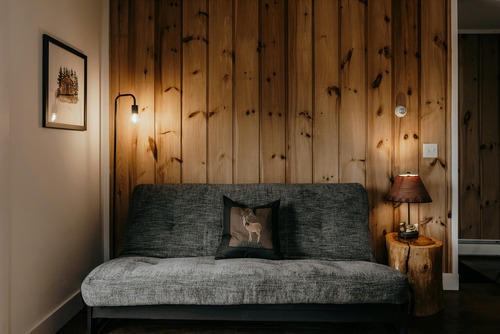
Once dismissed as the epitome of outdated ‘70s decor, wood paneling is making a serious comeback. Millennials are ditching the cheap faux wood sheets and embracing rich, real wood textures that add warmth and depth to their spaces. Instead of the dark, gloomy walls of yesteryear, today’s wood paneling is often painted in soft, neutral colors or left natural for a sleek, Scandinavian-inspired look. Slat walls and vertical paneling are especially trendy, bringing in a sense of mid-century charm with a modern twist. People are also using wood paneling in unexpected places, like ceilings and kitchen islands, making it feel fresh rather than dated. Paired with minimalist furniture, it creates a cozy yet stylish atmosphere that feels both nostalgic and contemporary says BuzzFeed.
Another reason for its resurgence is the longing for a more organic, textured home environment. Millennials, tired of stark white walls and overly modern aesthetics, are craving warmth and character. Wood paneling, when done right, adds depth and personality without feeling overwhelming. It’s also an easy DIY project for renters who want to add a little old-school charm without making permanent changes. The key difference is that this generation is being intentional about how they use it—no more overpowering dark dens from the ‘60s. Instead, they’re incorporating paneling into accent walls, headboards, and built-in shelving for a balanced look.
3. Statement Wallpaper

Boomers adored wallpaper, and for a while, millennials treated it like a horror story from their childhood homes. But after years of plain white walls, many younger homeowners are realizing that wallpaper is an easy way to bring personality into a space. The patterns, however, have changed—gone are the overwhelming floral prints and stuffy Victorian designs explains Refloor. Instead, today’s wallpaper trends lean toward bold geometrics, subtle textures, and nature-inspired motifs. Peel-and-stick options have made it easier than ever for renters and commitment-phobes to experiment without long-term regret.
Unlike the labor-intensive wallpaper of the past, modern versions are designed for easy application and removal. Millennials are embracing wallpaper as a way to turn a dull room into a conversation starter. Whether it’s a bold accent wall in a bedroom or a playful pattern in a powder room, statement wallpaper is no longer seen as a relic of the past. Botanical prints, art deco patterns, and even textured wallpapers that mimic linen or grasscloth are wildly popular. This resurgence is all about mixing nostalgia with modern aesthetics—bringing back the fun of wallpaper but making it work for today’s design sensibilities.
4. Rattan and Wicker Furniture
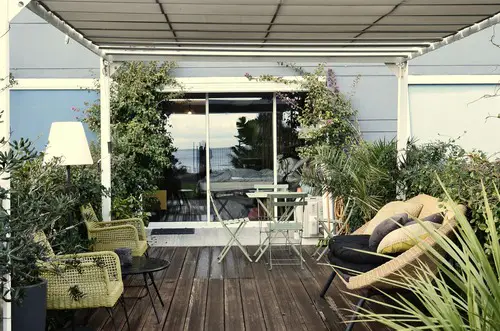
If you thought rattan and wicker were only for Florida sunrooms and grandma’s patio, think again. Millennials are bringing these natural materials back in a big way, but with a fresh approach. Instead of full wicker living room sets, they’re using rattan and wicker in smaller doses—think accent chairs, coffee tables, or pendant lighting. These materials add texture and warmth to a space without making it feel like a retirement home. The boho movement, along with an increased interest in sustainable materials, has made rattan a go-to choice for eco-conscious millennials says Real Simple.
The appeal lies in its versatility and timelessness. Unlike bulky, heavy furniture, rattan and wicker pieces feel light and airy, making them perfect for small apartments or minimalist interiors. Paired with soft linens and modern decor, they create an effortlessly chic aesthetic. Vintage rattan pieces are also highly sought after, with millennials scouring thrift stores and Facebook Marketplace for one-of-a-kind finds. The key to making rattan feel modern is mixing it with contemporary elements, like metal or marble accents. When done right, it feels stylish rather than stuck in the past.
5. Mid-Century Modern Everything

Boomers embraced mid-century modern design when it was new, and now millennials are obsessed with bringing it back. The clean lines, tapered legs, and functional simplicity of this style have made it a staple in modern homes. The difference is that millennials are mixing it with other styles rather than going full-on Mad Men. A mid-century couch might be paired with a vintage Persian rug, or a sleek walnut credenza might sit next to a plush, modern sofa. It’s all about balancing nostalgia with a fresh perspective.
One reason for its popularity is that mid-century furniture is incredibly well-made. Millennials value quality and craftsmanship, and many are investing in vintage pieces rather than mass-produced furniture. Thrift stores, estate sales, and online marketplaces are full of authentic mid-century finds at reasonable prices. Plus, the style’s timeless appeal makes it easy to integrate into almost any space. While boomers may have phased it out in favor of bulkier, more traditional furniture, millennials see it as the perfect blend of retro charm and modern functionality.
6. Bold Tile Patterns
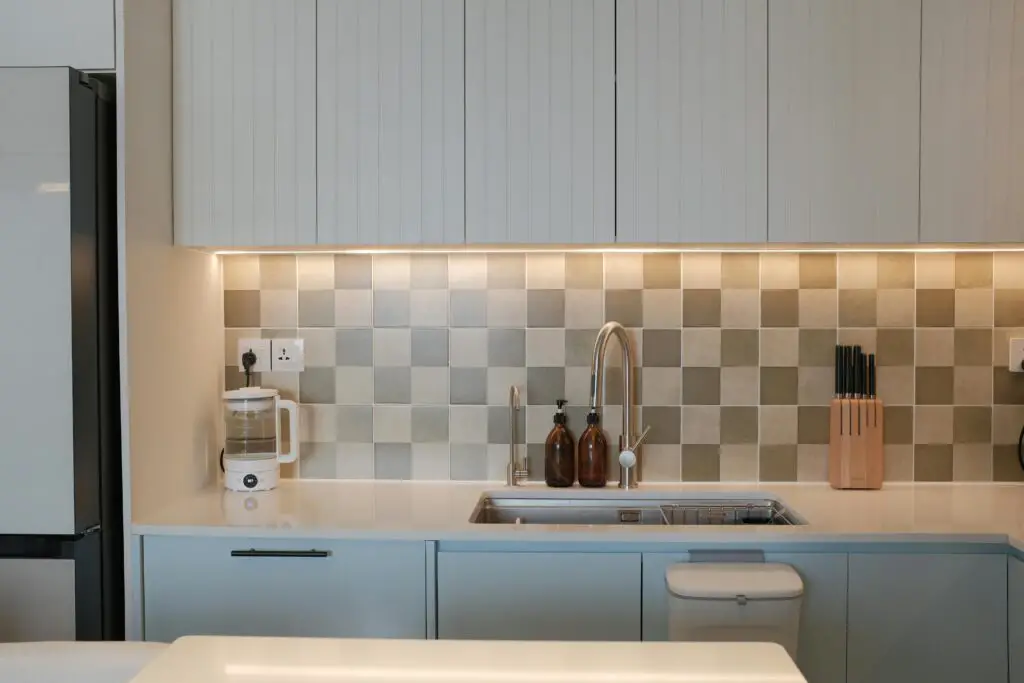
Boomers loved their statement tile floors, and millennials are bringing them back with a modern twist. Instead of beige ceramic squares, today’s bold tiles feature geometric patterns, encaustic-style designs, and colorful mosaics. Whether it’s a dramatic black-and-white bathroom floor or a Moroccan-inspired kitchen backsplash, tile is once again taking center stage. Millennials love how it transforms a space without requiring a full renovation. It also adds an artistic touch, making even the smallest rooms feel curated and stylish.
Another reason for the resurgence of bold tile is the desire for more expressive home design. Millennials aren’t afraid to take risks, and patterned tiles allow them to infuse personality into their spaces. Vintage-inspired checkerboard floors and scalloped zellige tiles are particularly trendy. Many are opting for handmade, artisanal tiles that showcase craftsmanship over mass production. Unlike the outdated beige tones of the past, these new tiles feel intentional and modern. It’s a way to honor the past while keeping things fresh and exciting.
7. Canopy Beds
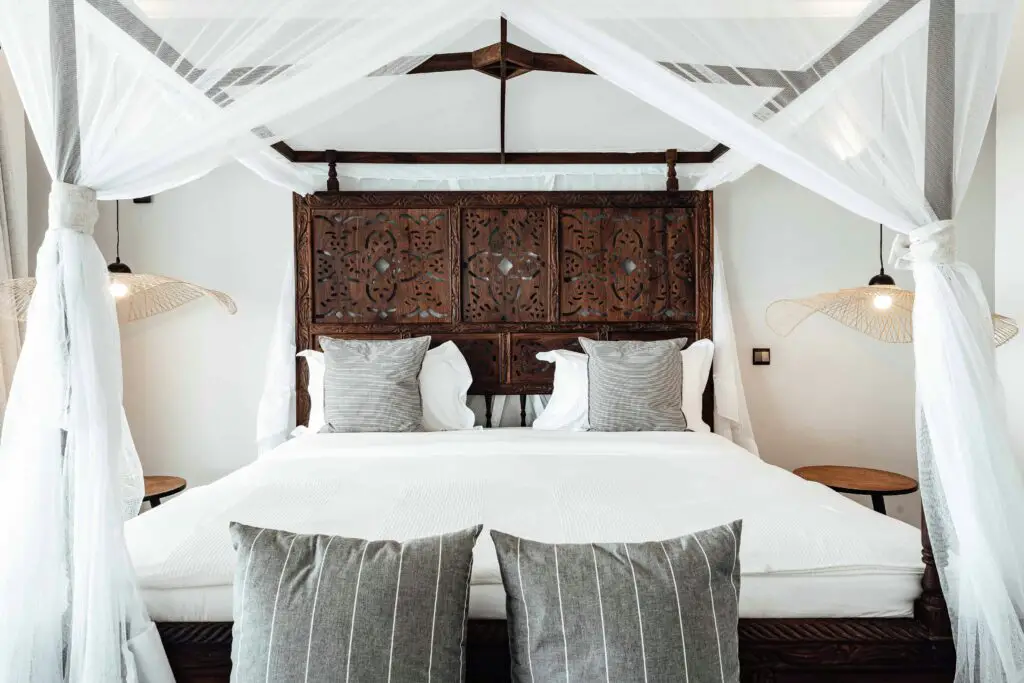
Once a symbol of old-school luxury, canopy beds are making a stylish return in millennial homes. But unlike the heavy, ornate wood versions boomers had, today’s canopy beds are sleek, minimalist, and often made of metal or natural wood. The modern take on this classic style leans into simplicity, with clean lines and airy fabrics instead of heavy drapes. Some people opt for a simple frame without curtains, while others use light linen canopies to create a dreamy, boho vibe. Either way, the goal is to bring a sense of coziness and romance without overwhelming the space.
One reason millennials are loving canopy beds again is their ability to make any bedroom feel like a retreat. With so much time spent at home, people are prioritizing comfort and atmosphere. A canopy bed instantly transforms a basic room into something special, giving it a curated, boutique-hotel feel. They also provide an easy way to add height and structure to a space, making small rooms feel more dynamic. Whether they’re thrifted, DIYed, or bought new, canopy beds offer a perfect blend of nostalgia and modernity.
8. Conversation Pits
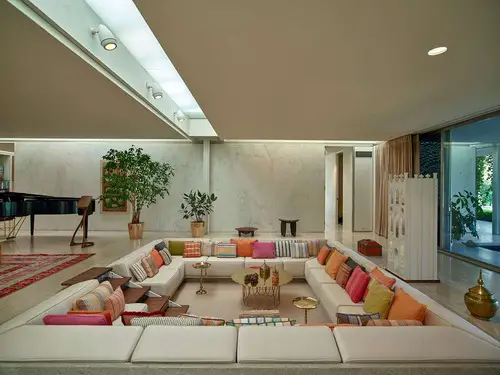
Boomers knew the power of a good conversation pit—those sunken seating areas were the ultimate party spots. For years, they were considered impractical and outdated, but now millennials are bringing them back in creative ways. While most aren’t ripping up their floors to build a true sunken pit, they’re replicating the vibe with built-in sectional seating, layered rugs, and cozy lounge areas. The idea is to create an intimate, inviting space that encourages real conversation, away from screens and distractions. This fits perfectly with the millennial love for social gatherings that feel intentional rather than forced.
The resurgence of conversation pits speaks to a larger trend of making homes feel more communal and comfortable. Open floor plans can sometimes feel too vast, so creating a designated area for relaxation makes a home feel cozier. Some people are even revamping old sunken living rooms rather than leveling them out, embracing their retro charm. The key to making them modern is using updated materials and furnishings—think plush cushions, layered textiles, and warm lighting. Whether in a large home or a tiny apartment, this trend is all about fostering connection.
9. Floral and Chintz Patterns
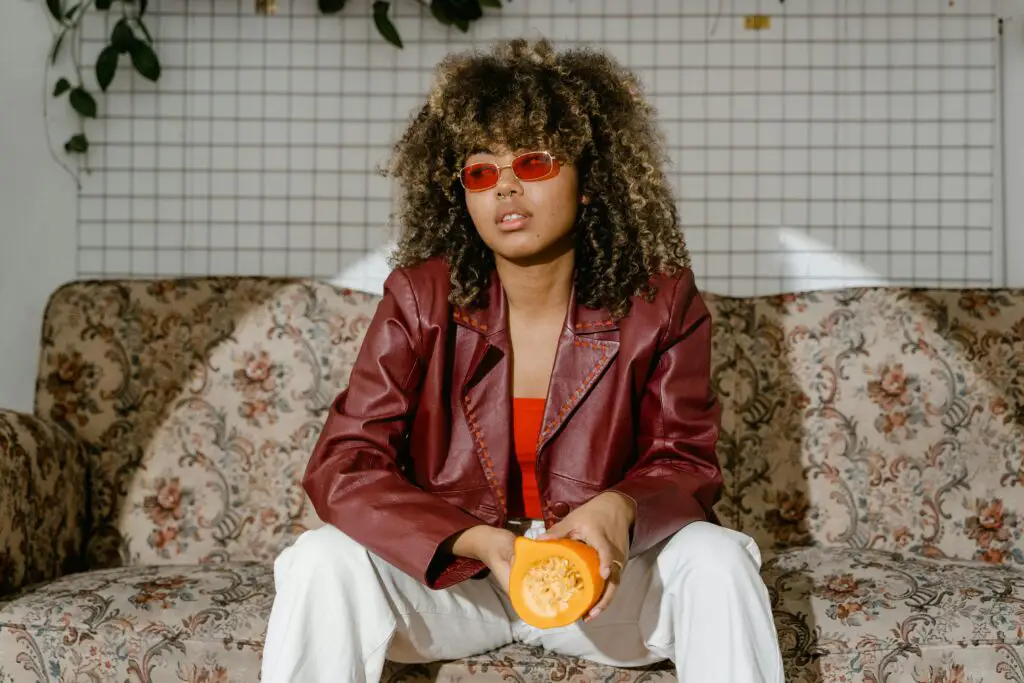
For a long time, floral patterns were written off as outdated, stuffy, and too reminiscent of grandma’s couch. But now, millennials are rediscovering their charm—just in a more curated way. Instead of overwhelming rooms with matching floral wallpaper, drapes, and upholstery, they’re using these patterns as accents. A chintz-covered armchair, a vintage floral duvet, or even a wallpapered powder room can add just the right amount of nostalgia. The modern version of this trend is more eclectic, mixing traditional florals with contemporary decor for a fresh, unexpected look.
This revival is part of a larger shift toward maximalism, as many millennials move away from stark, minimalist spaces. They want their homes to feel personal and layered, and floral patterns bring a sense of history and warmth. Many are also drawn to vintage textiles, favoring high-quality, pre-loved fabrics over mass-produced new items. The trick is balance—mixing florals with solid colors and modern elements to keep them from feeling overwhelming. What was once seen as old-fashioned is now being embraced as charming and full of character.
10. Tiled Kitchen Countertops
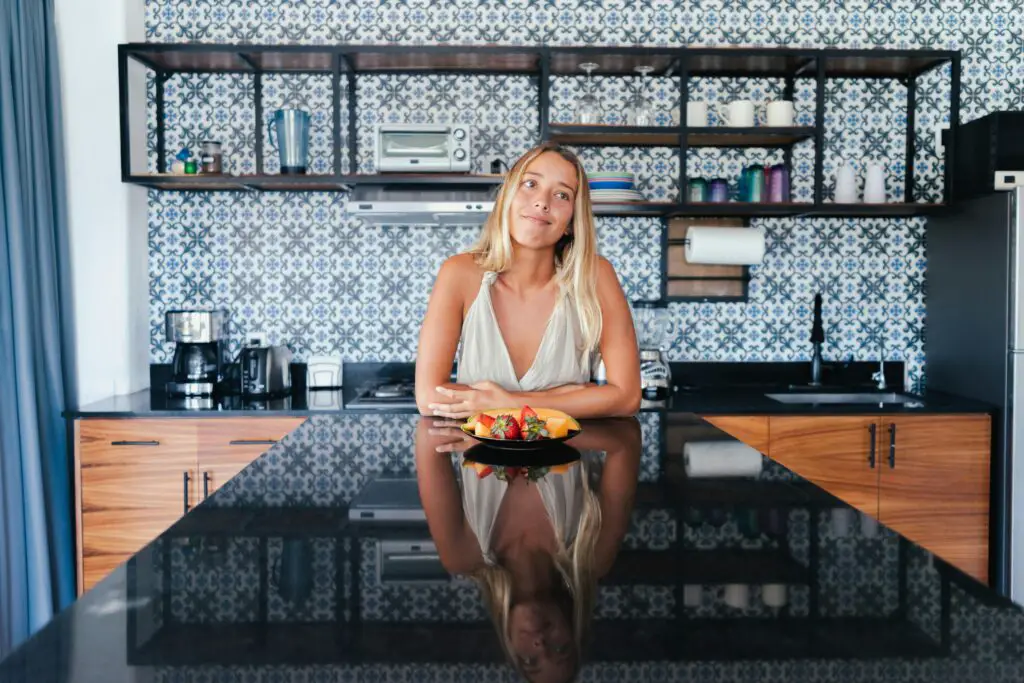
Boomers loved their tiled kitchen counters, but for years, they fell out of favor in place of granite and quartz. Now, millennials are bringing them back—but with a modern spin. Instead of small, dated squares with thick grout lines, today’s tiled counters feature sleek, handcrafted tiles with minimal spacing. Bold colors, checkerboard patterns, and textured finishes are making tiled countertops a fun and stylish alternative to stone. This trend is especially popular among DIYers, as it’s a budget-friendly way to upgrade a kitchen.
One reason tiled countertops are making a comeback is their unique, custom feel. Unlike mass-produced stone slabs, tiled surfaces allow for creativity and personality. Many homeowners are choosing handmade zellige tiles or experimenting with vibrant hues for a retro-modern look. The key to keeping them practical is using high-quality grout sealants to avoid the maintenance issues of the past. While boomers may have abandoned this trend in favor of sleeker options, millennials appreciate its charm and artistic possibilities.
11. Dark Wood Furniture
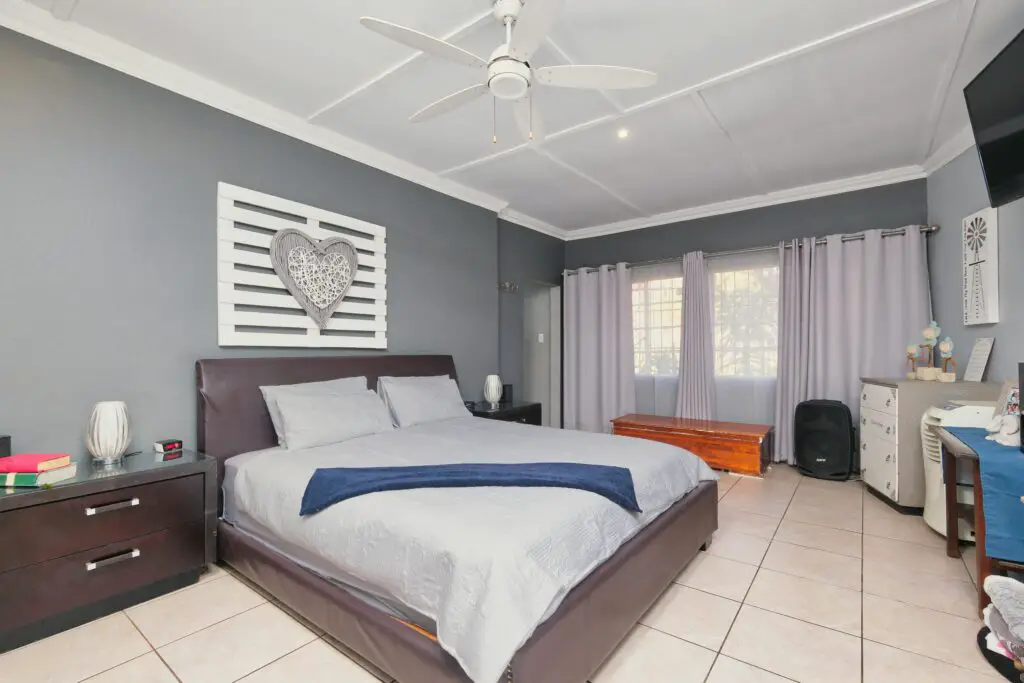
For years, dark wood furniture was considered heavy and outdated, replaced by light oak and whitewashed finishes. But now, rich walnut, mahogany, and espresso tones are making a comeback. Millennials are gravitating toward vintage and antique wooden pieces that bring warmth and sophistication to their homes. Instead of matching dark wood sets, they’re mixing and matching different finishes for a curated, layered look. A deep wood dining table paired with modern chairs, or a vintage mahogany dresser alongside contemporary decor, creates the perfect blend of old and new.
Part of this shift comes from a rejection of overly sterile, all-white interiors. Dark wood adds depth and contrast, making spaces feel more grounded and lived-in. Many millennials are also drawn to sustainability, preferring secondhand solid wood furniture over cheaply made new pieces. Estate sales, thrift stores, and online marketplaces have become gold mines for those looking to bring high-quality wood furniture back into their homes. The trick is styling it in a way that feels intentional rather than outdated.
12. Curved Furniture
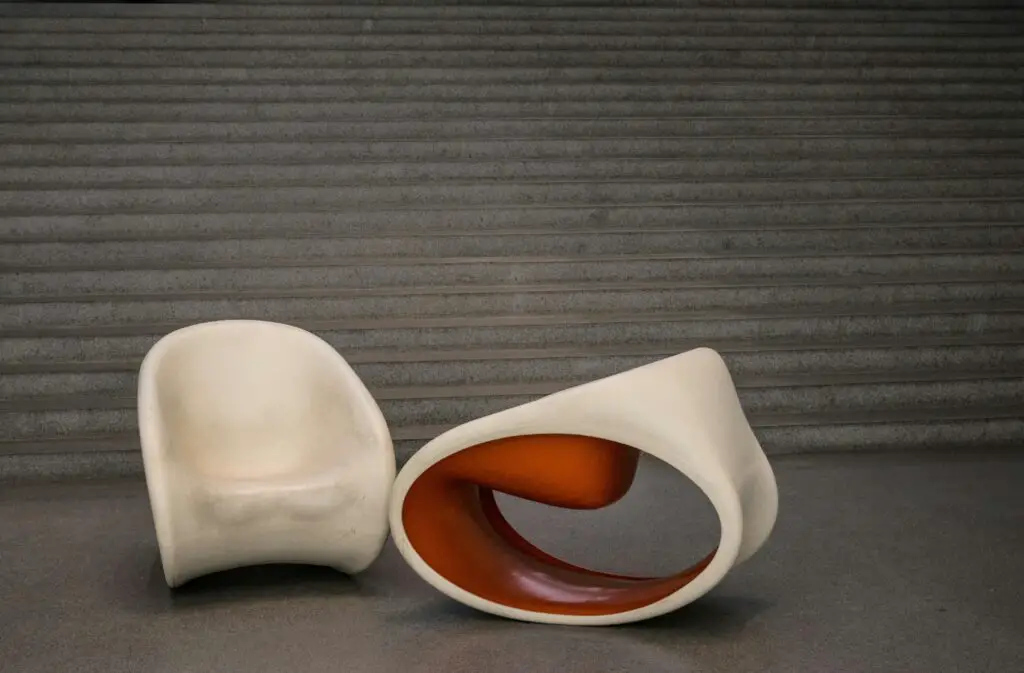
Boomers adored the soft, sculptural lines of curved furniture in the ‘60s and ‘70s, and now it’s back with a modern twist. Millennials are gravitating toward rounded sofas, arched cabinets, and oval dining tables that add fluidity to a space. These pieces feel inviting and cozy, breaking up the sharp angles found in traditional furniture. The resurgence of curved design aligns with the growing preference for organic, nature-inspired interiors. Plush, rounded sofas in bouclé fabric are particularly popular, bringing a sense of softness and luxury.
One reason for this shift is the desire for comfort and a more relaxed aesthetic. Harsh, boxy furniture can sometimes feel rigid, while curved pieces create a sense of movement. Millennials are also drawn to vintage-inspired designs, with ‘70s-style kidney-shaped coffee tables and curved headboards making a comeback. The key to making this trend feel modern is balancing it with straight-lined elements, so the space doesn’t feel too retro. It’s a perfect way to add personality without being overly trendy.
13. Wall Sconces and Statement Lighting
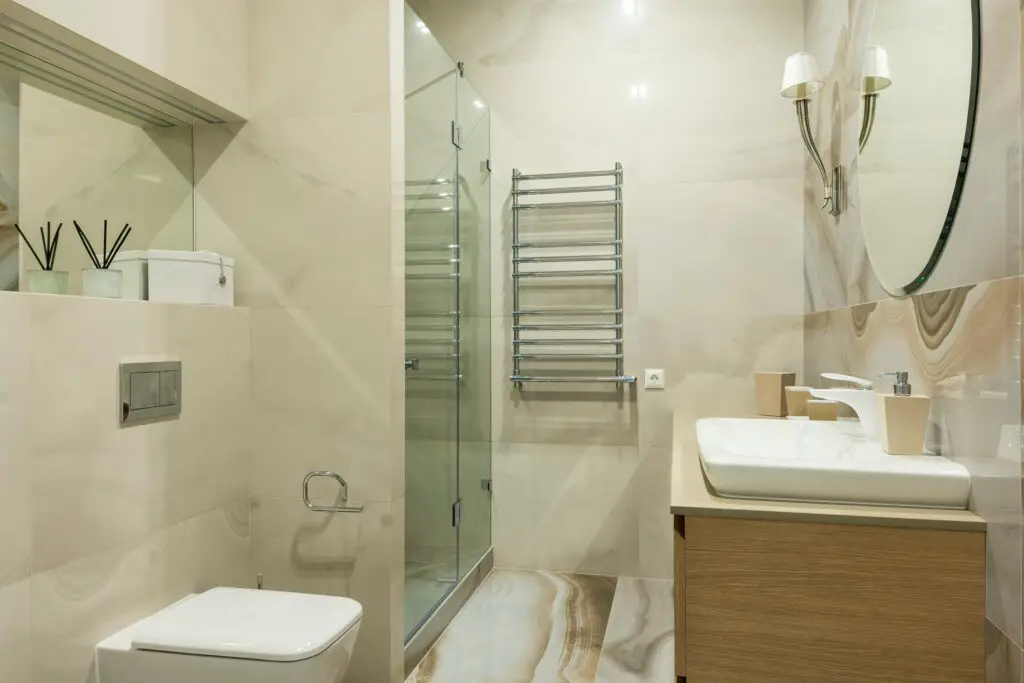
Boomers loved their wall sconces, and millennials are rediscovering their charm. Instead of relying solely on overhead lighting, they’re using sconces to create warm, layered lighting schemes. Vintage-inspired brass sconces, adjustable arm fixtures, and art deco designs are especially popular. Millennials appreciate how sconces add character to a space while freeing up valuable floor and table space. They’re particularly useful in small apartments where every inch counts.
Statement lighting in general has become a huge trend, with millennials swapping out basic fixtures for bold, artistic designs. Whether it’s a sculptural pendant light, a retro globe chandelier, or a funky, asymmetrical lamp, lighting is being treated as a key design element. Boomers may have had their Tiffany-style lamps and glass chandeliers, but today’s versions are more eclectic and curated. The right lighting choice can completely transform a space, making it feel more intentional and inviting.
14. Checkerboard Floors
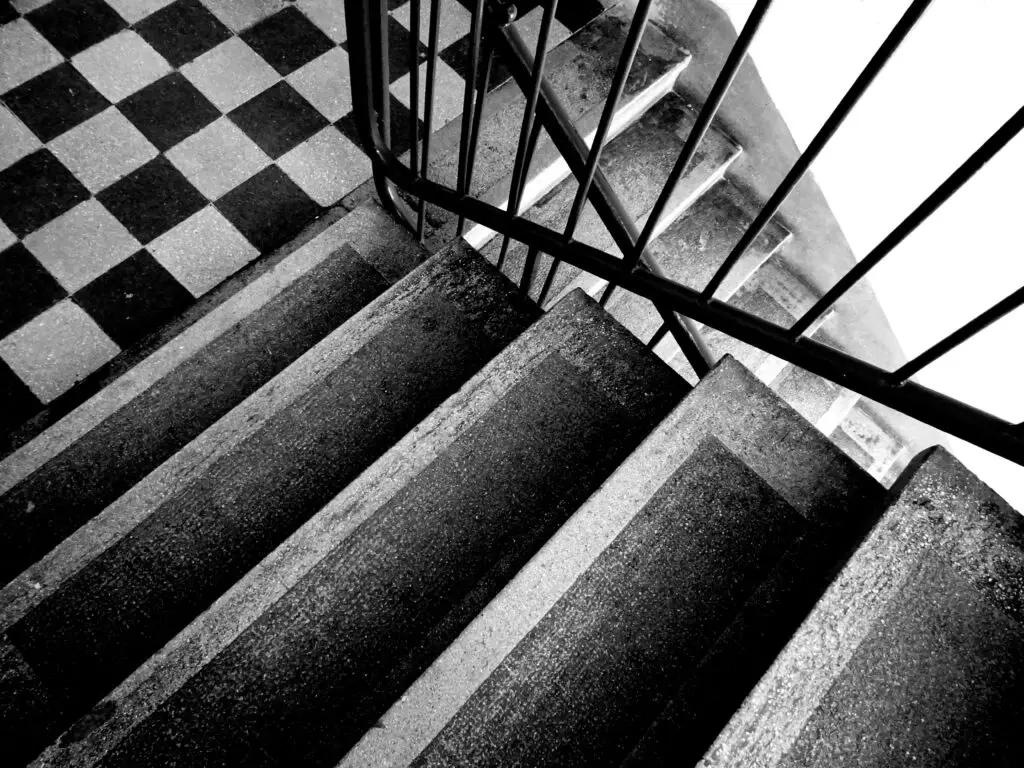
Boomers loved checkerboard floors, and now millennials are bringing them back in fresh, unexpected ways. Instead of classic black-and-white tiles, they’re experimenting with warm neutrals, deep greens, and rich browns. This retro pattern is being used in kitchens, bathrooms, and even entryways to create a timeless, eye-catching look. The modern take on checkerboard flooring is all about mixing old-school charm with contemporary finishes. Many people are opting for hand-painted checkerboard patterns on wood floors for a DIY-friendly update.
The appeal lies in its ability to add instant character to a space. After years of plain, neutral floors, millennials are craving bold, nostalgic designs. Checkerboard flooring is versatile—it can be playful, elegant, or rustic depending on the colors and materials used. Unlike the linoleum versions of the past, today’s checkerboard floors often feature high-end marble, ceramic, or terracotta tiles. It’s proof that sometimes, the best design trends never really go out of style.
